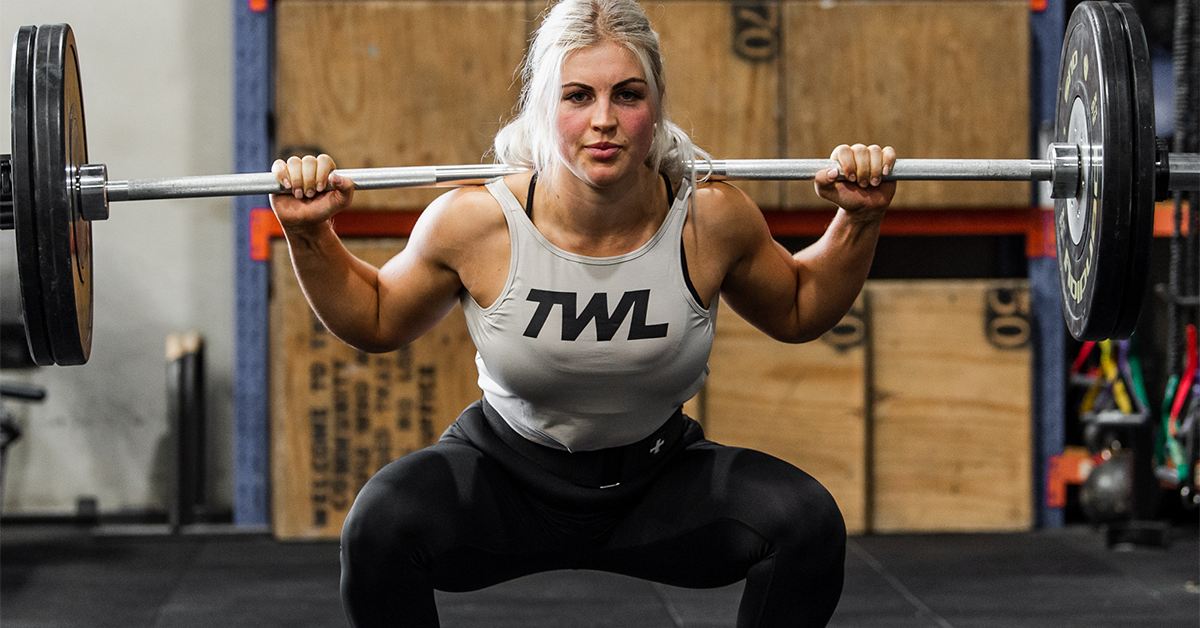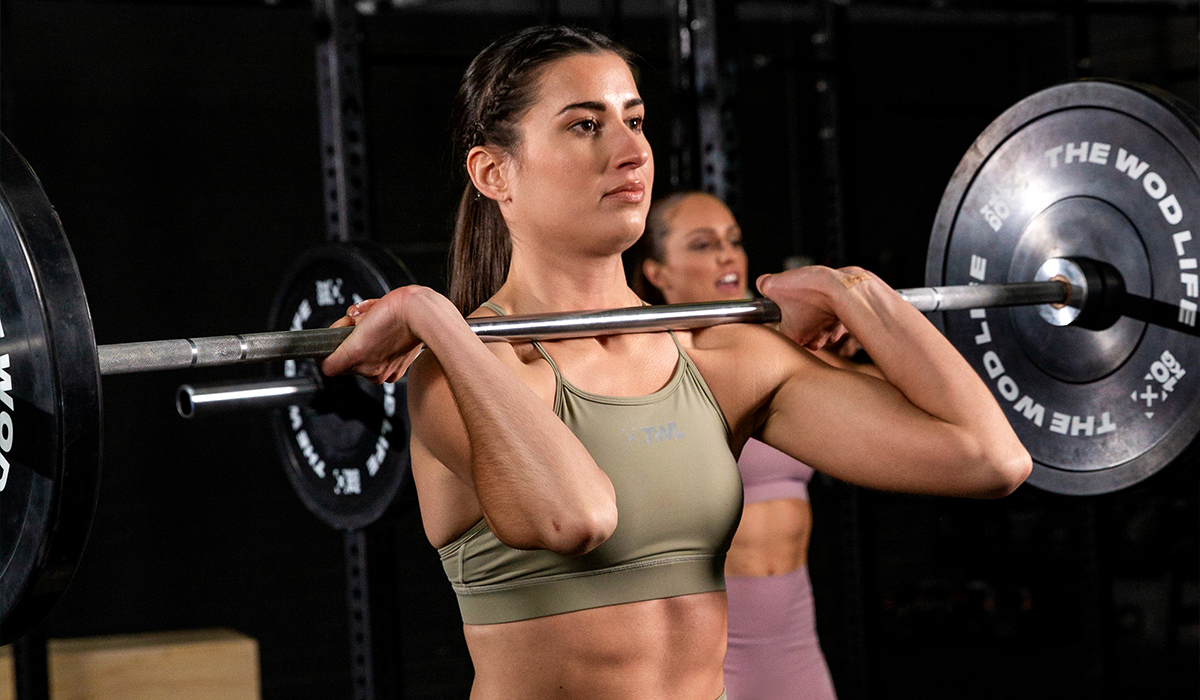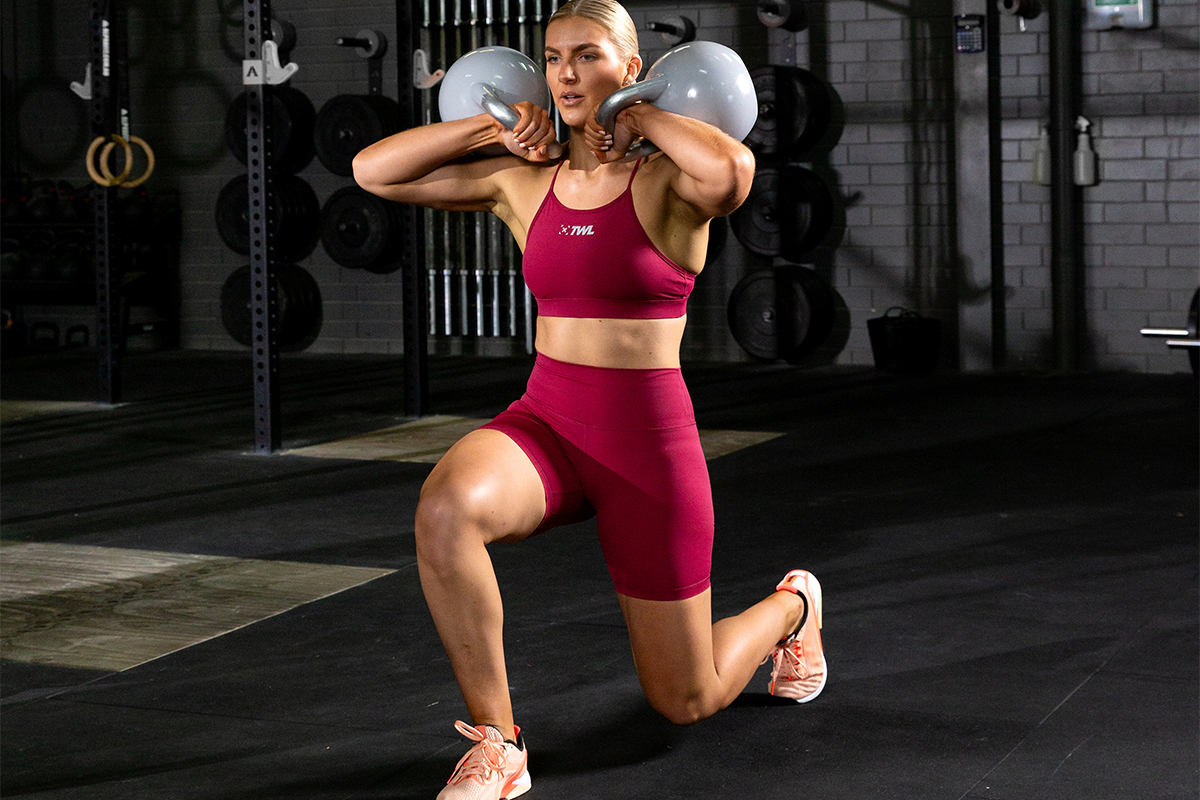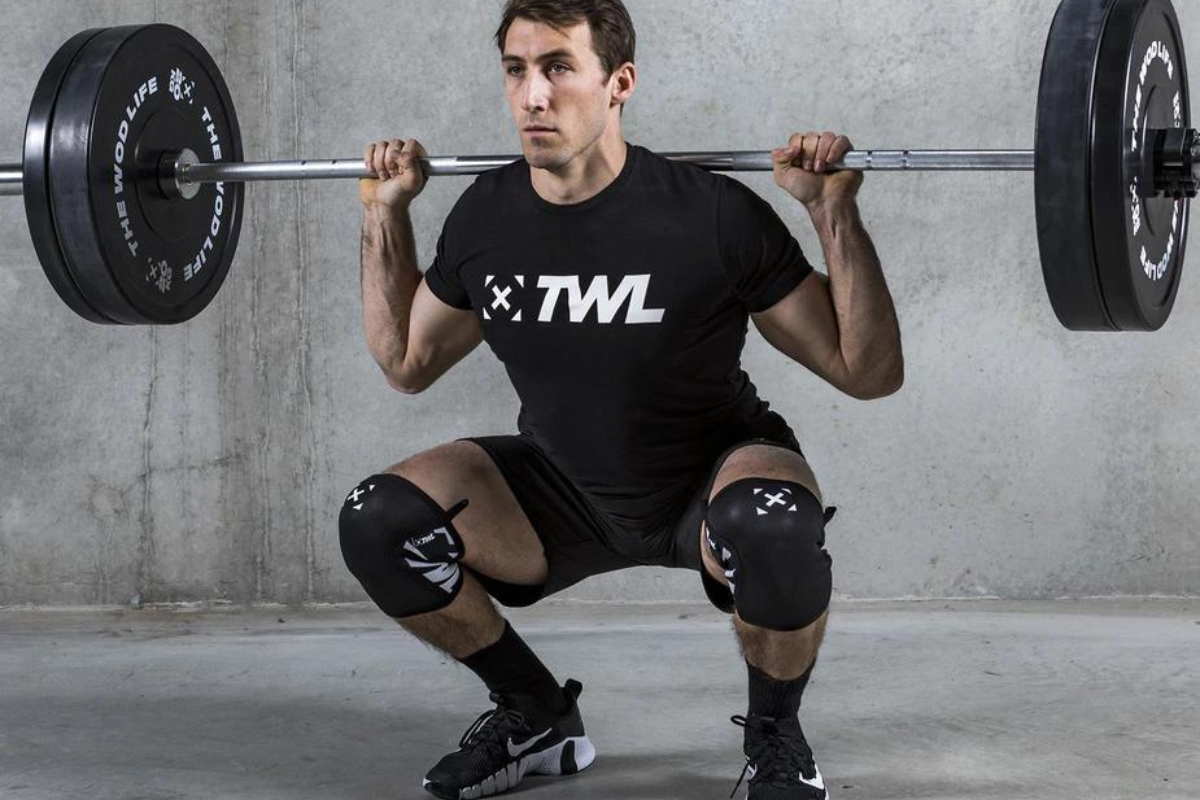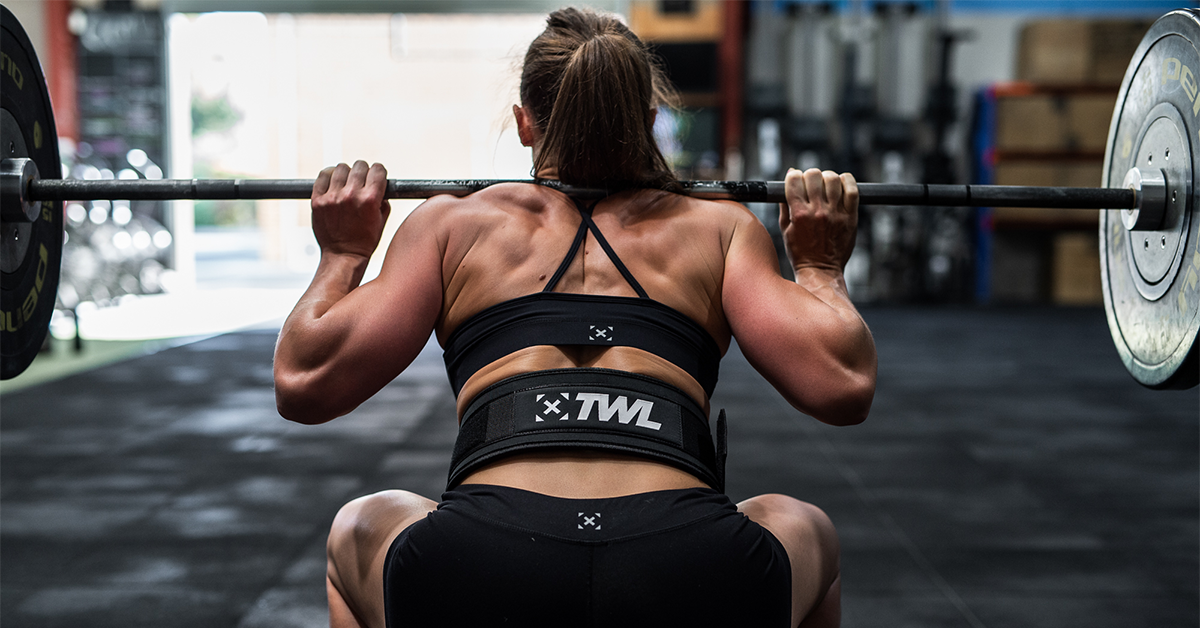Whether you are an elite athlete or working out for the first time ever, your squat can be better than it is today. Here are some of our best tips for developing stronger, faster squats.
First, identify your weakness. Before you commit to any program, figure out what you need to improve.
There are three typical weaknesses that hurt squats:
- Poor form
- Lack of strength
- Lack of explosivity
Squat Mechanics
Weakness #1: Form
If you struggle to maintain good posture through a bodyweight squat or cannot squat below parallel, do not bother with the barbell yet. It’s time to work on mobility and core strength.
Tip 1: Tackle Mobility
Start at your feet and work your way up. Tightness in your arches, ankles, and calves tends to throw off the rest of the kinetic chain. Roll out your feet. Retest your air squat. Then move to your ankles. If you still struggle to maintain an upright chest after mobilizing your calves, shift attention to your thoracic spine. Foam roll your mid to upper back.
Tip 2: Strengthen Your Core
Sometimes, tightness in one area of your body is compensation for weakness in another area. If your hamstrings and hip flexors are constantly tight, they may be compensating for a weak core. Improve your core stability with front and side planks, Superman holds, and hollow rocks.
Tip 3: Check Your Foot Placement
If your stance is too narrow, you won’t be able to drop into a perfect squat. If it’s too wide, your toes will flair out and your knees will cave in. Keep in mind that your body should be between your feet at the bottom of the squat and your toes will likely be only slightly turned out.
Weakness #2: Strength
Your squat form is good: upright chest, neutral spine, below parallel. But every time you go a few kilos heavier than normal in a WOD, you are completely destroyed after a few reps and your quads are sore for days. Take a minute to evaluate your programming, rest habits, and fuel.
Tip 1: Get Adequate Rest and Eat Well
Overtraining symptoms can creep up on even the most seasoned athlete. Make sure you’re getting enough sleep at night and eating enough of the right food. If you are training hard, seven hours of sleep might not cut it and your diet might need more protein, fats, and (dare we say it) carbs.
Tip 2: Strengthen Your Abductors and Adductors
The downfall of a lot of functional fitness programming is an abundance of forward and backward extension and flexion with a lack of side-to-side movements. This can lead to powerful quads, glutes, and hamstrings, and painfully weak abductors and adductors.
Your abductors are the muscles on the outside of your hips that pull your legs out sideways; your adductors are on the inner thighs and bring your legs toward the midline. Compared to the quads, these muscles are minor players in squatting, but they are still players, and if they are weak, your squats won’t be as strong as possible.
You can strengthen your abductors and adductors with simple drills, such as:
- Lateral jumps
- Side shuffles
- Banded sideways walks (with the band around your thighs)
- Side-lying leg raises
Tip 3: Commit to a Program
You might lack strength simply because you haven’t been working hard enough, frequently enough. Do yourself a favor and commit to a well-rounded squat program. Stick to the percentages, and do not skip any sets or reps. Squat well and squat often.
Weakness #3: Explosivity
If you can squat heavy weights, no sweat, but have a hard time completing 50 wall balls in less than two minutes, you might lack explosivity. Time to lighten the load and improve your muscles’ abilities to burst into motion.
Tip 1: Sprint — Especially If You Hate Running
It might be tempting to skip this section, but sprinting is one of the best ways to improve explosiveness. In fact, one study found sprint training to be more effective than conventional plyometric training for improving leg extensor strength and muscle power. (Sprinting has also been shown to improve squat strength.)
The more explosive your sprints, the better. Keep the distances short. 80 to 100 meters as fast as you can with a minute of rest in between for at least 10 rounds is a good place to start.
Tip 2: Jump
Sprints might be more beneficial than plyometrics, but plyometrics are still useful. We recommend doing plyometric circuits outside of your WODs. Make sure you work laterally as well as front to back.
Go beyond the box jump with these:
- Tuck jumps
- Lateral jumps
- Skater jumps
- Jumping lunges
- Broad jumps
No matter how long you have been squatting, your squat can always be stronger or faster than it is today. Use these tips, feel the burn, and celebrate your gains.
Finding the right programming isn’t easy. We can help! Check out our squat program — gains are around the corner.

